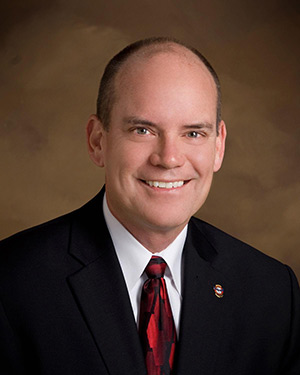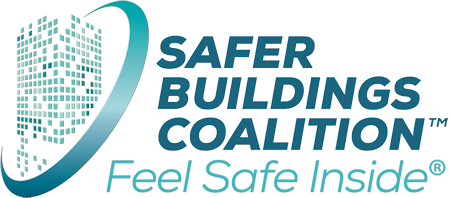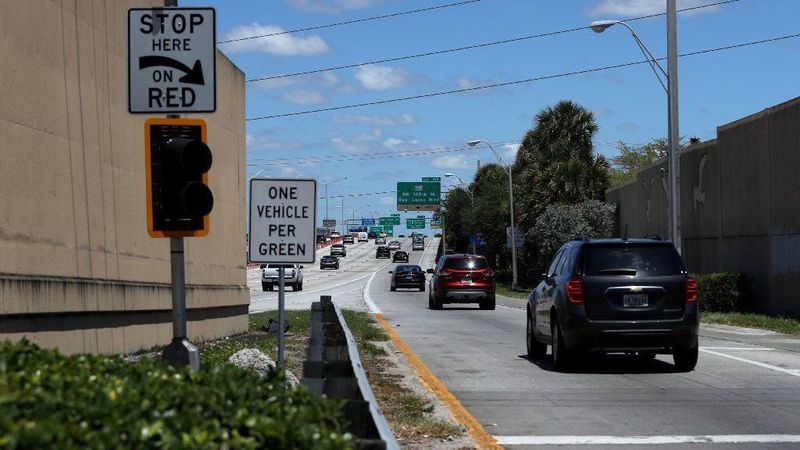From the Chief’s Corner: First, Do No Harm...

Posted on September 21, 2020
Have you ever been in a hurry and had that annoying little device with three colorful lights impact your journey? You know, that thing often hanging in the air with red, yellow and green lights on it. I’m sure you have. But have you ever truly thought about its origin and, more significantly, its importance?
In 1868, the first traffic light was installed in London. It was a manually operated gas-lit signal light that exploded less than a month after it was implemented, injuring its police operator. Fast forward to 1912 when Lester Wire, also a police officer, in Salt Lake City, Utah developed an electric traffic light.
A short time later, in 1914, the American Traffic Signal Company installed the world’s first electric traffic signal on the corner of East 105th Street and Euclid Avenue in Cleveland, Ohio. It had two colors, red and green, and a buzzer, to provide a warning for color changes. The design allowed police and fire stations to control the signals in case of emergency. That control would allow emergency apparatus to move through the intersections quicker and safer.
So, over 100 years ago, police and fire departments had the ability to control signaling devices at intersections in order to make them safer. However, I read this week that, right here in the United States, two emergency vehicles collided at an intersection while traveling to two different incidents. In this case, tragedy occurred, someone died, and several others were injured.
That incident brings me to the next concept that I want to mention: The Latin phrase “primum non nocere,” which means “First, Do No Harm.” That phrase is often attributed to the Hippocratic Oath that many in the medical field are familiar with. It is considered by many to be a medical ethics guiding principle for physicians, that, whatever the intervention or procedure, the patient’s well-being is the primary consideration.
So, what can a traffic light and a phrase from the Hippocratic Oath teach us about In-Building Emergency Responder Communications Enhancement Systems (ERCES)? Quite a lot, actually. Let me try to help make sense of it.
One cannot really talk about an ERCES without talking about the Federal Communications Commission (FCC). No, this group is not the Authority Having Jurisdiction (AHJ) as defined in the fire code, and no, they are not typically involved in writing the fire code. What they are is the Federal organization that is totally responsible for managing and licensing the electromagnetic spectrum for commercial users and for non-commercial users, including: state, county and local governments, including public safety agencies. In other words: a really big deal and stakeholder in the ERCES industry.
Just this week, in a Safer Buildings Coalition conversation with the Enforcement Bureau of the FCC, they stated, “The Enforcement Bureau’s main focus are Bi-Directional Amplifiers (BDAs) that are causing interference to Public Safety Land Mobile Radio (LMR) and FirstNet’s LTE Broadband service. I would have to say that BDA RF interference is the Enforcement Bureau’s number one complaint.”
To me, as a former Fire Chief, that certainly doesn’t sound like some in the industry are practicing “First, Do No Harm.” So how do we rectify the problem – whether real or perceived – that that BDAs and other types of ERCES solutions are just bad and should not be allowed? We must understand that the term “First, Do No Harm” isn’t about standing by helplessly while communications coverage in buildings suffers needlessly thereby placing our first responders at risk. The idea can be explained by taking a look at the principles rooted in the philosophy of the Double Effect (DE).
The Stanford Encyclopedia of Philosophy tells us that the Double Effect means that it’s acceptable if harm occurs in the course of trying to make a positive difference and outcome. An intent to do “good” or provide enhancement must be the underlying motive to the action taken. However, the intent to do “good” is not sufficient in and of itself. The potential for “good” must be appropriately balanced against the potential for harm.
So, where does that leave us? Quite frankly, it leaves us with simply working together for the common good and following the rules – all of them – just like the rules of the road and the traffic light. Think about the children’s traffic safety Rhyme by the Supremes. “Red Stop, Yellow Slow, Green means you can Go, Go, Go.”
Red – Make sure your design, installation and commissioning are compliant with all of the FCC requirements. RF performance and the evaluation of interference are paramount to a successful installation. ERCES solutions are not simple plug-and-play; you must have the competency to know that what you are doing that you do it correctly the first time and every time you provide your services.
Yellow – Is considered a warning that a red light is soon to follow. For the ERCES process, yellow is your opportunity to engage the proper stakeholders, all of them, understanding the scope of each one’s responsibility. That must include the frequency license holder(s) and the AHJ and any others in the locality you are working in. It cannot be one or the other; it must be each of them working together for an acceptable solution.
Green – Just like pulling into the intersection on a busy highway, you only proceed with the project after you have received written permission from a minimum of the frequency license holder(s) and the AHJ.
Every stakeholder has a responsibility to make sure the systems and solutions you are installing to solve for one problem (communications capability inside the building) do not create another (interfering with the Public Safety LMR System). Think of the public safety LMR system like a busy five-lane highway with thousands of vehicles bustling by, and you are at the traffic light controlled on-ramp trying to merge into that busy traffic. Your responsibility is to wait for the proper signal to proceed in order to not cause an accident.
The same holds true for turning on an ERCES. But instead of vehicles on the highway, it is critical communications taking place on the public safety LMR system. When your ERCES enters that busy communications highway, your responsibility is to First, Do No Harm…
|

